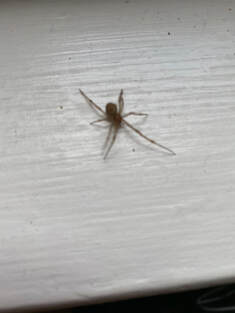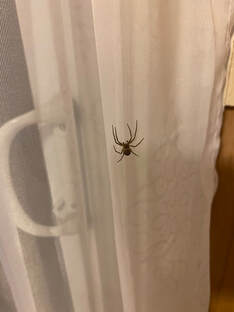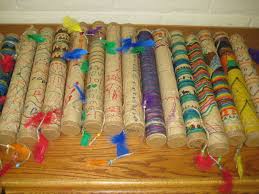What is our theme? Insects.
What is the lesson? Cricket Puppet.
MA Guidelines/Standards.
PW36.Toddler controls small muscles in hand.
CD60.Toddler observes and identifies living things' basic needs.
CD66.Toddler explores with sensory art materials and uses them to create visual effects.
Learning Outcomes:
I would like the child to recognize different types of crickets and the differences between them?
Songs,Books,Video(Motivational Techniques)
Little Wickets-http://www.littlewickets.com
Crickets Room-http://www,rogbates.com/page15/page15….
Cricket at Zoo-http:/www.bookbox.com/los
Materials
Cardboard-Crayons-Black Marker
Glue-Popsicle Stick-Q Tips-Buttons
Activity (procedure)
Have a parent help cut out the outline of a cricket on the cardboard. Have the child color the parts different shades of green. Glue buttons for eyes and q tips for the antennas and draw a mouth. Glue the popsicle stick and antennas on the back. secure with tape if needed.
Activity wrap up
Can you identify what a cricket looks like? Where they live and what they eat? Are they different? I would like the child to become aware of different materials that can produce a variety of effects.
How do I know what my child is learning (Assessment)
Experiment with different materials and how they can be used to produce a variety of effects. Talk to the child about what they are learning?
How can you extend the activity (modifications)
If you are having a hard time glueing use tape to help attach the popsicle stick and parts of the cricket. If there is no cardboard you can use felt material.
Helpful Hints (pitfalls and solutions)
The cardboard may rip. You can double cardboard to make it stronger.
What is the lesson? Cricket Puppet.
MA Guidelines/Standards.
PW36.Toddler controls small muscles in hand.
CD60.Toddler observes and identifies living things' basic needs.
CD66.Toddler explores with sensory art materials and uses them to create visual effects.
Learning Outcomes:
I would like the child to recognize different types of crickets and the differences between them?
Songs,Books,Video(Motivational Techniques)
Little Wickets-http://www.littlewickets.com
Crickets Room-http://www,rogbates.com/page15/page15….
Cricket at Zoo-http:/www.bookbox.com/los
Materials
Cardboard-Crayons-Black Marker
Glue-Popsicle Stick-Q Tips-Buttons
Activity (procedure)
Have a parent help cut out the outline of a cricket on the cardboard. Have the child color the parts different shades of green. Glue buttons for eyes and q tips for the antennas and draw a mouth. Glue the popsicle stick and antennas on the back. secure with tape if needed.
Activity wrap up
Can you identify what a cricket looks like? Where they live and what they eat? Are they different? I would like the child to become aware of different materials that can produce a variety of effects.
How do I know what my child is learning (Assessment)
Experiment with different materials and how they can be used to produce a variety of effects. Talk to the child about what they are learning?
How can you extend the activity (modifications)
If you are having a hard time glueing use tape to help attach the popsicle stick and parts of the cricket. If there is no cardboard you can use felt material.
Helpful Hints (pitfalls and solutions)
The cardboard may rip. You can double cardboard to make it stronger.



 RSS Feed
RSS Feed
